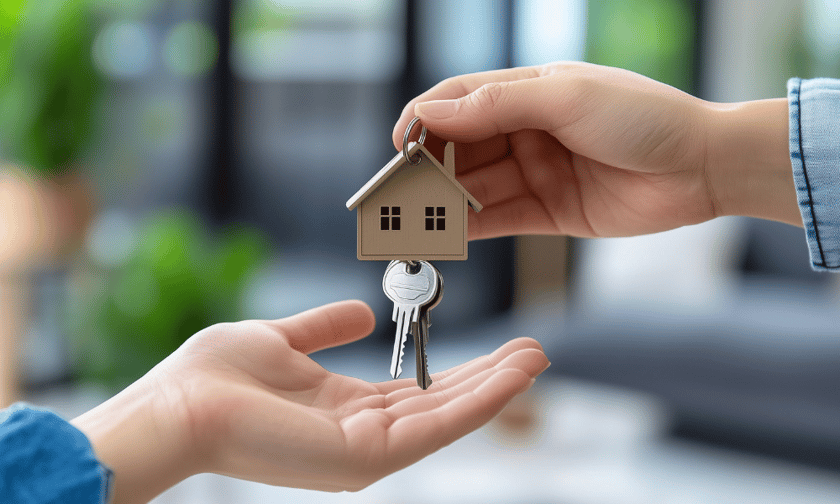

Australian home and contents insurance costs have surged up to 65% over the past five years, according to a report by S&P Global Ratings.
This insurance hike could potentially lead to wider coverage gaps that expose homeowners and bank lenders to increased risks.
The report, released Feb. 23, highlights that insurance premiums hikes outpace both general consumer inflation and wage growth.
This trend is likely to continue as insurers pass on higher costs related to claims, reinsurance, and operating expenses.
"Australian insurers will likely keep raising home and contents premiums to improve margins and cover higher weather-related claims," the report said, noting that coverage for properties in high-risk areas may become scarce or include significant exclusions.
The Actuaries Institute estimates that 15% (1.61 million) of Australian households are experiencing insurance affordability stress, with about 5% of these households having mortgages.
S&P Global projects that if one-third of financially stressed households drop coverage and 1% are affected by a catastrophe, the banking sector could face approximately $200 million in credit losses.
While this represents a minor risk to major banks, it could pose a more significant threat to geographically concentrated regional lenders. Banks currently have limited systems to ensure mortgage borrowers maintain adequate insurance coverage, creating a potential blind spot.
Properties in high-risk locations such as floodplains or bushfire zones face particularly steep premium increases, potentially rendering some homes uninsurable and significantly reducing their market value.
Government intervention appears increasingly likely, with schemes such as the Cyclone Reinsurance Pool already implemented to support insurance availability and affordability in certain regions. However, S&P warns that such programs may create moral hazard by masking underlying risks.
The report concludes that while banks and insurers have sufficient capital buffers to manage these risks, homeowners ultimately bear the greatest exposure to the financial consequences of underinsurance.
Could rising costs lead to widespread coverage gaps? Share your thoughts below.
